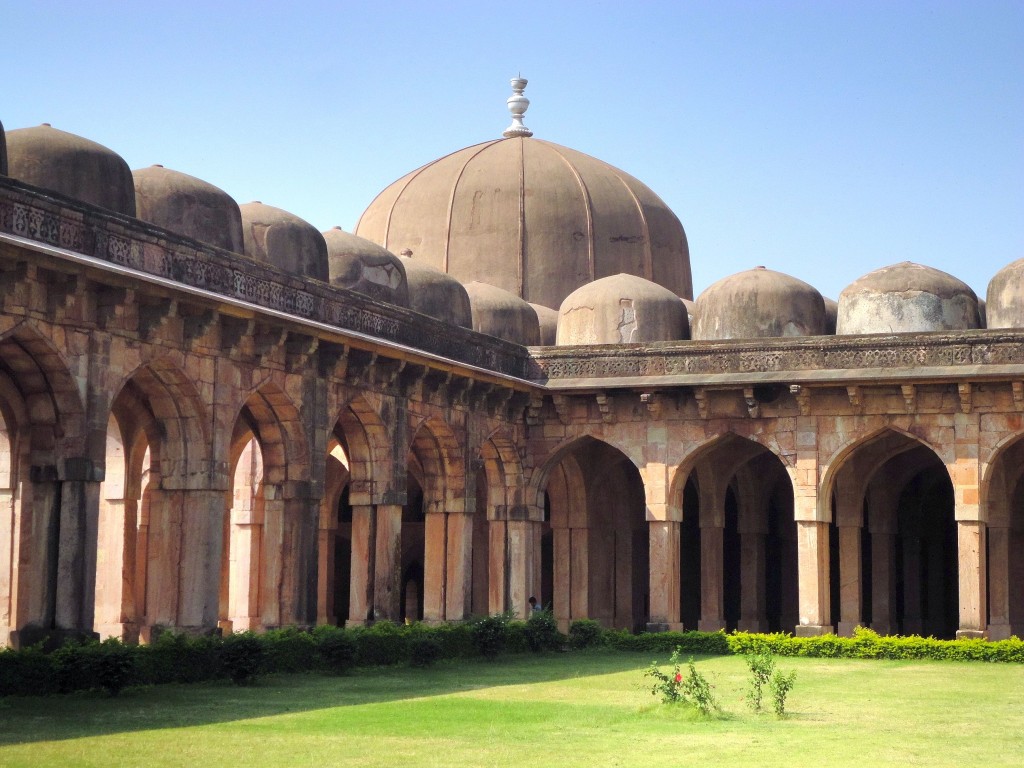
Before to being enter in Mandu, one has to cross many door during the way inside, like – Alamgir, Bhangi darwaza, Dehli darwaza, Kabaani darwaza. Back of Mandu there are two main doors as Songarh darwaza & Tarapur darwaza.
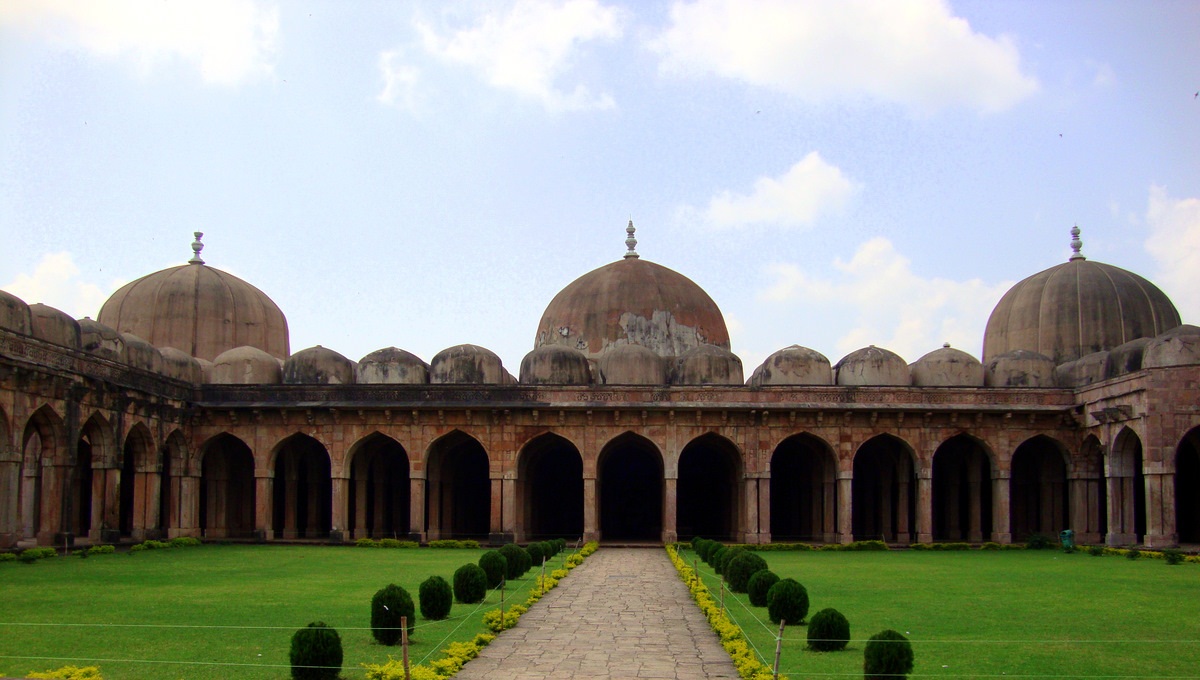
Mandu is one of the popular excursions from the city of Indore. The tourists travel from Indore to Mandu to visit the historical city. The city is dotted with a number of historic sites that lures tourists to visit it. The city of Mandu was founded by Raja Bhoj in the early 10th century. In the medieval era, the city gained importance as a seat of administration during the reign of the Muslims in Delhi. Mandu was elected as the capital city by Hoshang Shah. However, the popularity drained as the Marathas shifted their capital to Dhar.
The monumental and the historical structures of the city of Mandu are divided into three section. The Royal Enclave comprises of a host of Mahal or palaces Jahaz Mahal, Hindola Mahal, Taveli Mahal and the Champa Baoli. The palaces are representative of the Muslim architectural style.
The Village Group comprises of the religious shrines established in them medieval period. The tourists may visit the Jama Masjid, Jain Temple, Hoshang's Tomb and Ashrafi Mahal.
Mandu City is located in Dhar District in western region of Madhya Pradesh in India. This District is approximately 98 km from Indore and 285 km from Bhopal. Mandu City lies at an elevation on the Malwa Plateau amidst the Vindhya Ranges around 2000 feet above sea-level.Mandu is easily accessible by road, rail and air. Mandu City is easily reachable from all the major cities of India.

Before to being enter in Mandu, one has to cross many door during the way inside, like – Alamgir, Bhangi darwaza, Dehli darwaza, Kabaani darwaza. Back of Mandu there are two main doors as Songarh darwaza & Tarapur darwaza.
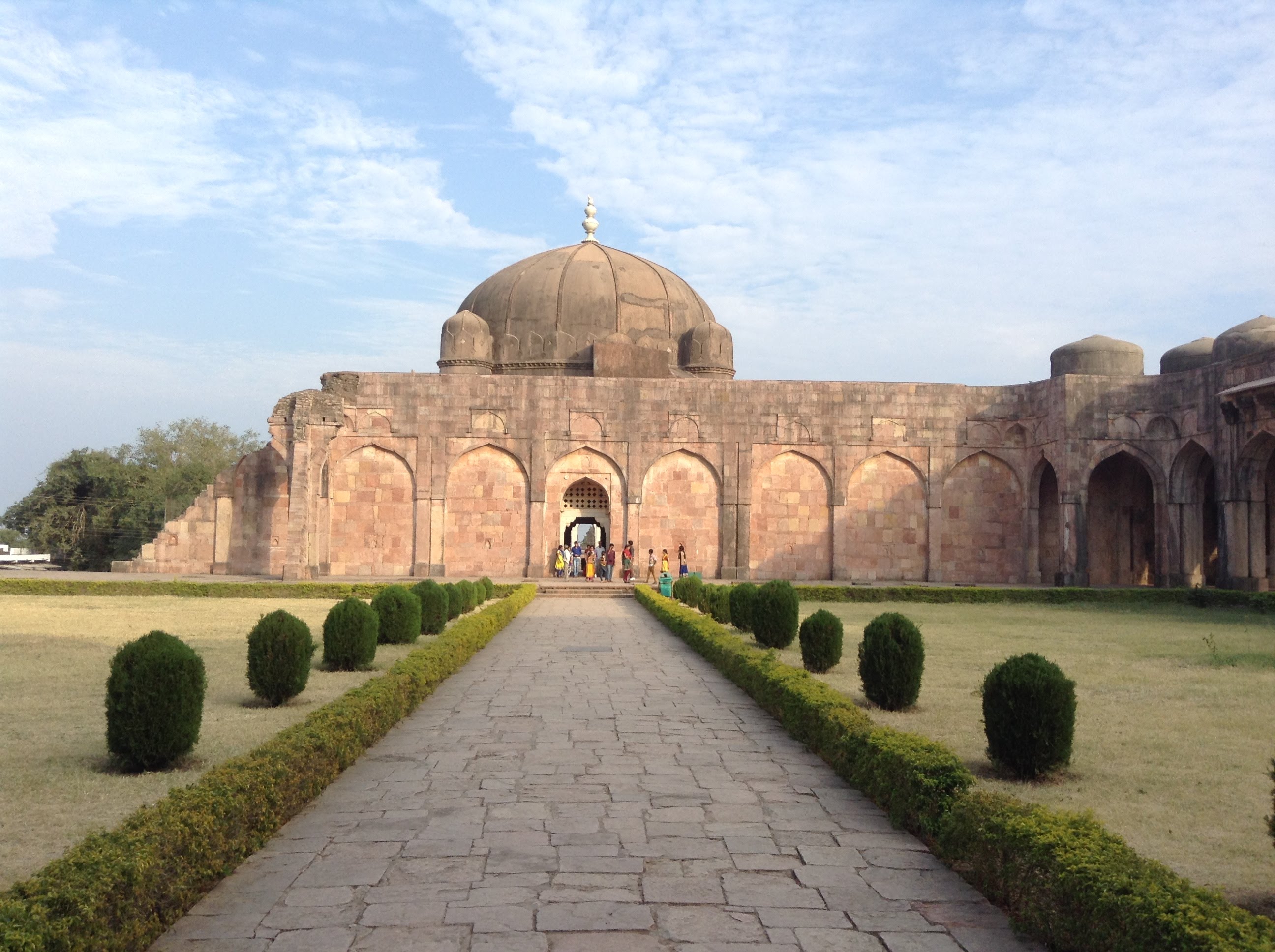
Jaami Mosque is one of big and splendid Building in Mandu. Hosangshah started the construction of this Mosque, which is a finest example of Afgaani architecture, in 1554, Mehmood Khilji completed the work.
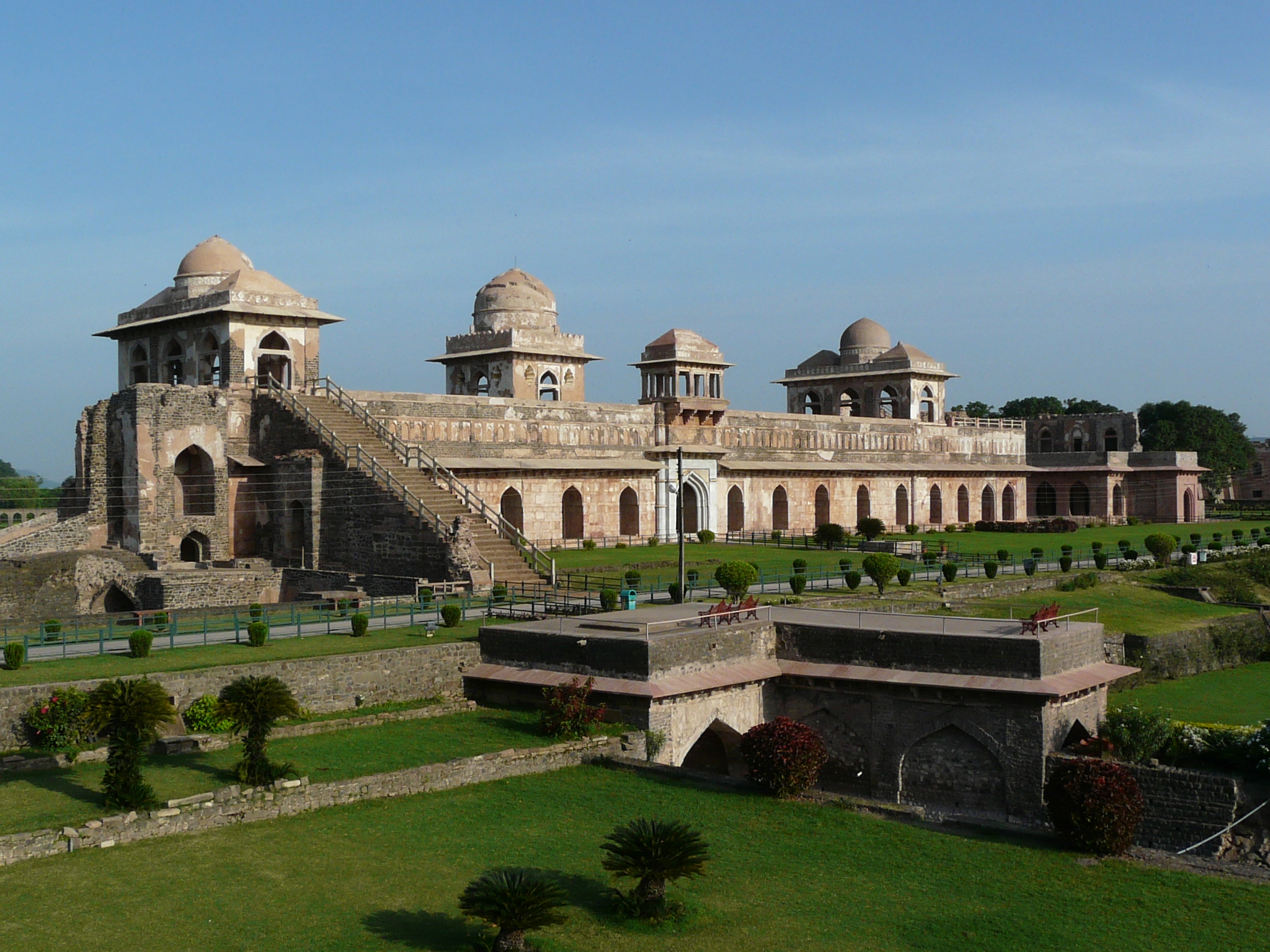
Although it is called a Ship Palace, it bears as much resemblance to a water craft as a rhinoceros did to the mythical unicorn; through the legendary one-horned horse was inspired by traveler’s tales of the Indian Rhino.
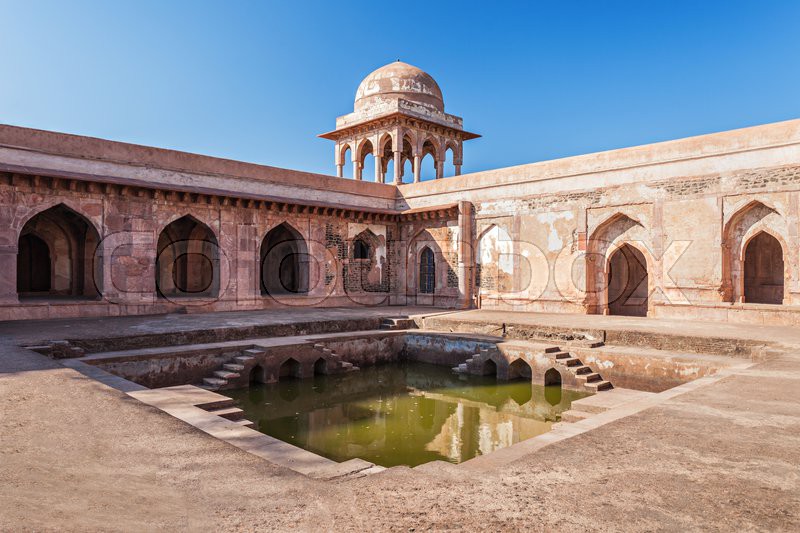
This double-storied palace entrance has tall, slim arches on the left. At the top there once ran a conduit, that carried water which was been lifted by animal powered Persian wheels from Rewa Kund to the pool that is virtually a court yard of the palace.